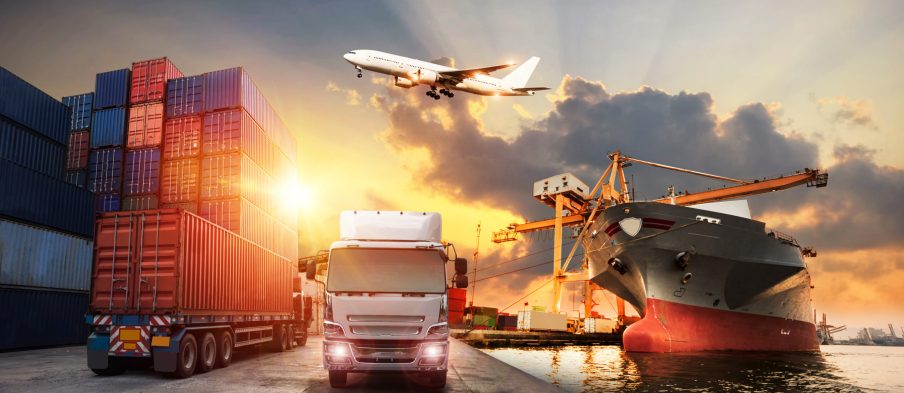Logistics and transportation is an intricate puzzle of interconnected routes, carriers, shippers, modes, and supply chains. Delivering success requires these pieces to fit seamlessly together.
However, the complexity of modern operations extends beyond just the physical networks.
Today’s logistics and transportation professionals must navigate challenging market conditions and an evolving regulatory environment while competing for talent and continuously evaluating new and emerging technologies. Missing or neglecting even one piece of this puzzle can cause operational disruptions, inefficiency, and missed opportunities.
The 33rd Annual Study of Logistics and Transportation Trends explores these pieces, revealing insights into how industry leaders are working to navigate this puzzling environment and shape the path forward.
The 33rd Annual Study of Logistics and Transportation Trends surveyed more than 200 industry practitioners, 85% of whom had 15 or more years of industry experience, and 80% serve in C-level, vice president, director, or managerial roles. Participants represent organizations with fewer than 100 to more than 5,000 employees and annual revenues ranging from less than $250 million to more than $9 billion.
This year’s study examines transportation spending, competitive strategy, and performance in order to better understand how firms are executing and differentiating themselves.
Market conditions
Spending. Transportation spend is a large piece of the logistics puzzle. This year, spending on private fleets dropped 50% to 7.23% of transportation spending, down from a six-year high of nearly 15%. Truckload (TL) spending has slowly increased while spending on dedicated fleets and less-than-truckload (LTL) services saw slight declines. Intermodal transport posted its highest percentage of spending over the last decade at 6.5%, while air, domestic ocean, and barge freight all increased last year.
What about the Titans, those shipper operations in companies with sales over $3 billion? These large shippers have more in common with the overall trends than they do differences. The Titans differ mainly in spending less on small package (less than 2% of spend) and LTL (under 5%). This makes intuitive sense, as larger firms are more likely to ship larger quantities, thus requiring fewer small package and LTL services.
Strategy. Competitive strategy is another crucial piece of the operational environment. The most notable trend is the continued dominance of the “Mix: Be all things to all people” strategy, which remains steady at 54.6%. We believe this reflects the continued prioritization of flexibility to meet various customer needs.
In contrast, cost leadership strategies have substantially declined from 7.4% in 2019 to 3.1% in 2024, highlighting less emphasis on competing primarily through lower prices. Meanwhile, customer service remains an essential strategy for 22.7% of the companies in 2024, up from 21.7% in 2023.
More than 19% of responding shippers are now opting for a product and market innovation-focused strategy, up from just 9.3% in 2019, recognizing innovation as an increasingly important competitive differentiator.
Performance. This year’s study revealed declines in all four tracked performance measures from 2023, with many of the metrics at their lowest levels in three years. When comparing their performance to competitors, shippers reported declines in firm profitability (3.48 in 2024, down from 3.74 in 2022) and return on assets (3.5 in 2024, down from 3.65 in 2022). Although customer satisfaction levels remained high (3.99 in 2024), competitive positioning (3.59 in 2024) and revenue growth (3.58 in 2024) were both down from 2023 and 2022.

